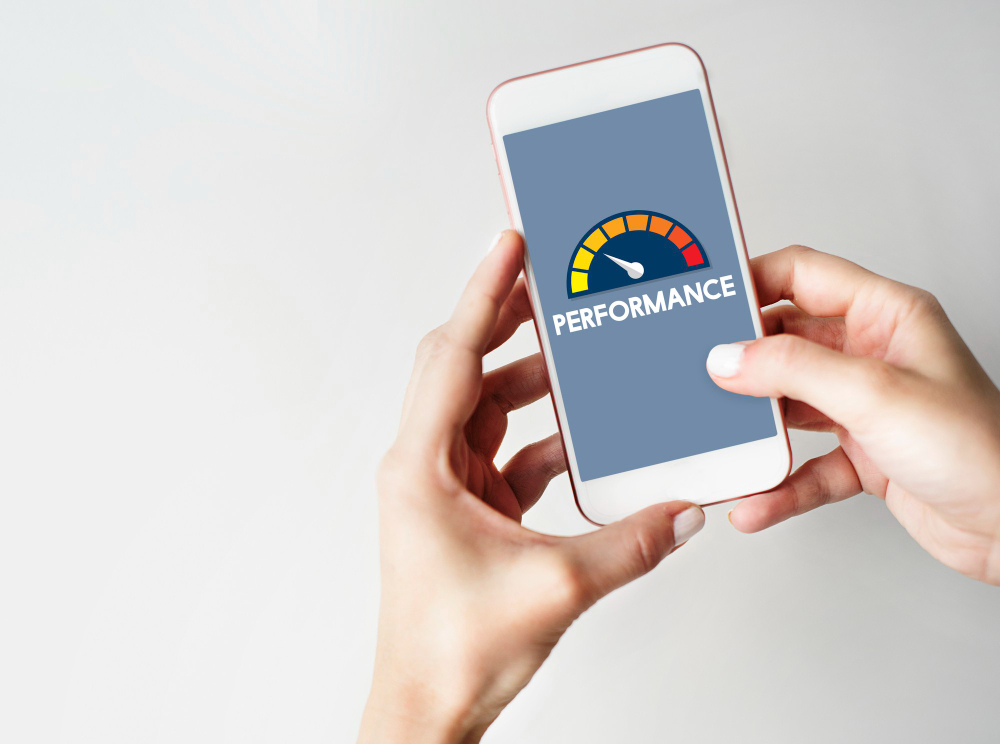Mobile traffic now dominates the web — and Google knows it. That’s why mobile site speed is not just a user experience concern, but a core part of your SEO strategy.
If your mobile site is slow, you’re losing traffic, rankings, and conversions. At Sublime Digital, we prioritize site speed in every technical SEO audit — especially when it comes to mobile performance.
Here’s how to improve your mobile speed, meet Google’s Core Web Vitals benchmarks, and strengthen your search visibility.
Why Mobile Speed Matters for SEO
- Google uses mobile-first indexing
- Speed affects rankings, bounce rate, and crawl frequency
- Users abandon sites that don’t load in under 3 seconds
Mobile performance isn’t optional — it’s fundamental to SEO success in 2025.
Understanding Core Web Vitals
Core Web Vitals are Google’s standardized metrics for user experience. For mobile, they focus on:
- LCP (Largest Contentful Paint): Should load in under 2.5 seconds
- FID (First Input Delay): Should be less than 100ms
- CLS (Cumulative Layout Shift): Should be less than 0.1
Failing these metrics directly impacts how your site ranks on mobile search.
5 Ways to Improve Mobile Site Speed
✅ 1. Optimize Image Sizes
- Compress and resize images for mobile
- Use next-gen formats like WebP
- Implement lazy loading for below-the-fold visuals
✅ 2. Minimize JavaScript & CSS
- Defer non-essential scripts
- Minify and combine files where possible
- Remove unused code from themes or templates
✅ 3. Use a Lightweight Mobile Theme
- Avoid overly complex builders or visual themes
- Choose mobile-first frameworks with minimal bloat
✅ 4. Enable Caching and CDN Delivery
- Cache static assets (images, stylesheets)
- Use a Content Delivery Network to reduce latency for mobile users
✅ 5. Reduce Redirect Chains
- Too many redirects can delay first load
- Aim for clean, direct URLs without unnecessary hops
Tools to Measure and Monitor
- Google PageSpeed Insights
- Lighthouse (in Chrome DevTools)
- WebPageTest.org
- Search Console > Core Web Vitals Report
Monitor both lab data (synthetic tests) and field data (real user metrics).
Common Pitfalls to Avoid
- Loading desktop assets on mobile
- Unoptimized third-party scripts (e.g., live chat, analytics tools)
- Overusing sliders, pop-ups, or heavy fonts
Every unnecessary element slows down your site and hurts UX.
Real-World Results
One client’s ecommerce store improved LCP from 4.8s to 2.1s after a mobile speed audit. The impact: – 27% drop in bounce rate – 19% increase in mobile rankings – 33% lift in mobile conversions
Speed isn’t a nice-to-have — it’s a growth lever.
Final Thoughts: Speed = SEO Power
Mobile site speed is no longer just a dev issue. It’s a search engine ranking factor, a conversion driver, and a brand differentiator.
👉 Want to improve your Core Web Vitals and mobile SEO? Book a strategy session with Sublime Digital — we’ll show you exactly where to focus.


